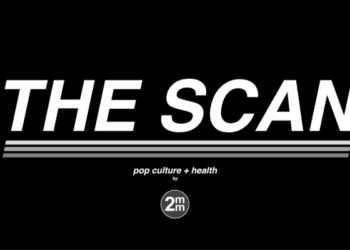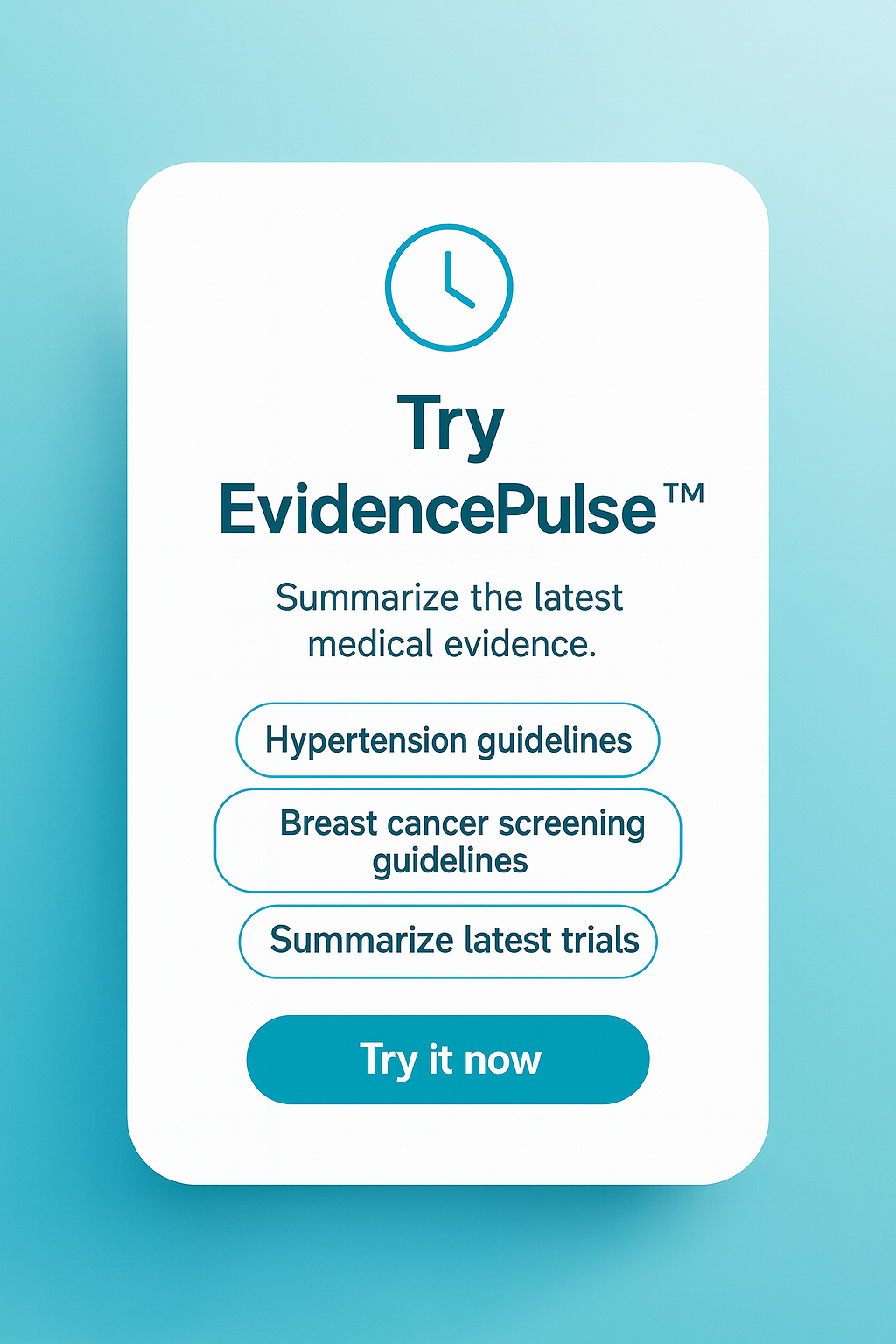Many toddler foods high in sodium and added sugar
1. A total of 72% of investigated dinners meant for toddlers (ages 12-36 months) were considered to have a high sodium content.
2. The large majority of infant and toddler snacks, desserts, and juice drinks included for study contained added sugar.
Study Rundown: Previous research has shown that excess sodium intake and obesity are associated with an increased risk of high blood pressure in children, leading the American Academy of Pediatrics to recommend foods with no added salt or sugar. Little is known about the sodium and sugar content of complementary foods (foods other than breast milk or infant formula introduced to babies to provide nutrients) for infants and toddlers. In the current study, researchers sought to investigate the sodium and sugar content of commercial infant and toddler foods and to identify foods high in sodium/sugar or containing added sugars. It was found that the majority of infant foods are low in sodium, although many dinners meant for older toddlers contained excessive sodium. Most infant and toddler snacks, desserts, and juice drinks contained added sugars. This study may be limited as findings are food label, not laboratory-based, and nutrition values may vary by up to 20%. The results encourage pediatricians and primary care providers to advise parents to avoid infant/toddler snacks, desserts, and juice drinks and highlights the importance of reading food labels.
Click to read the study published today in Pediatrics
Relevant Reading: Sodium intake and blood pressure among US children and adolescents
Study Author, Mary Edmonds Cogswell, RN, DrPH, talks to 2 Minute Medicine: Senior Scientist, Centers for Disease Control and Prevention.
“Research shows a majority of U.S. children consume excess sodium, putting them at risk for high blood pressure. Early exposure of infants and toddlers to excess sodium and added sugars can set taste preferences and affect their health as they age. CDC developed a recent and comprehensive database to examine sodium and sugar content and presence of added sugars for more than 1000 U.S. commercial infant and toddler foods. In a paper published in Pediatrics, my colleagues and I found that a majority of infant foods were low in sodium (< 140 mg per serving). However, 79 percent of commercial toddler meals contained too much sodium and a significant proportion of toddler foods and the majority of infant and toddler snacks contained added sugar. Pediatricians can play a key role in counseling parents on the importance of comparing nutrition labels and about healthy foods to feed infants and toddlers.”
In-Depth [cross-sectional study]: Researchers analyzed the sodium and sugar content of 1074 infant and toddler food products. Nutrition facts were obtained from manufacturer Web sites, major grocery stores, and the Gladson Nutrition Database. Sodium content was based on sodium concentration, sodium per reference amount customarily consumed during one eating session (RACC), and sodium density. High sodium was defined as > 210 mg of sodium per RACC. Sugar content determined based on sugar concentration, sugar per RACC, percentage of calories from sugar, and presence of added sugars. Added sugars were defined as sugar, sweetener, syrup, corn syrup, high-fructose corn syrup, honey, fructose, malt, maltose, molasses, dextrose, glucose, lactose, sucrose, turbinado, and trehalose. “Infant” foods were defined as those meant for children 4-12 months, and “toddler” foods were those identified for children aged 12-36 months. A total of 99% of all infant vegetables, dinners, fruits, dry cereals, and ready-to-serve mixed grains and fruits were low in sodium content. The majority (72%) of toddler dinners were high in sodium. Added sugar were found in 52% of infant ready-to-serve mixed grains and fruits, and also in a high percentage of toddler cereal bars and breakfast pastries (97%), fruit (53%), and dry fruit-based snacks (89%). The majority of infant or toddler savory snacks (71%), desserts (70-91%), and juices/drinks (88%) contained added sugars.
More from this author: Physical activity calorie equivalent menu labeling may promote physical exercise, Socioeconomic gradient in childhood cognitive ability likely multifactorial, Head Start linked to healthy changes in BMI
Image: PD
©2015 2 Minute Medicine, Inc. All rights reserved. No works may be reproduced without expressed written consent from 2 Minute Medicine, Inc. No article should be construed as medical advice and is not intended as such by the authors, editors, staff or by 2 Minute Medicine, Inc.









